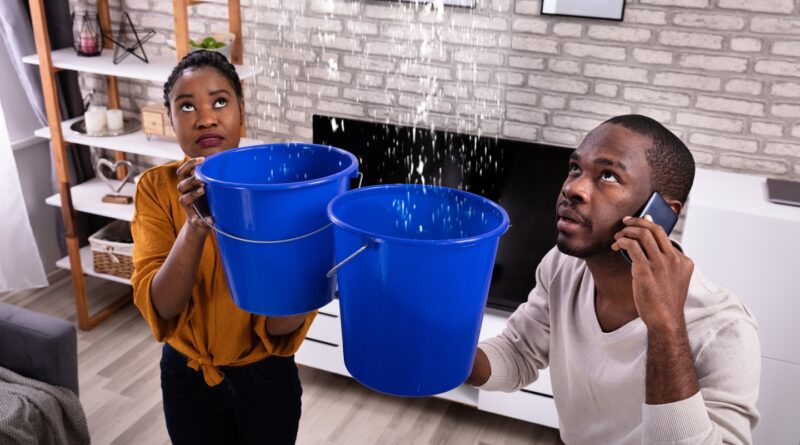10 Ideas for Enhancing Water Damage Restoration
10 Ideas for Enhancing Water Damage Restoration
Water damage can be a homeowner’s worst nightmare. Whether it’s caused by a burst pipe, a leaking roof, or a natural disaster, water damage can wreak havoc on your property and lead to costly repairs. However, with the right strategies and approaches, you can enhance the process of water damage restoration and minimize the long-term effects. Here are 10 ideas to consider when dealing with water damage.
- Act Quickly: Time is of the essence when it comes to water damage Water Damage Restoration. The longer water sits in your property, the more damage it can cause. As soon as you notice water damage, take immediate action to mitigate the situation. Turn off the main water supply, if necessary, and contact a professional restoration company to start the cleanup process promptly.
- Ensure Safety: Before entering a water-damaged area, make sure it is safe to do so. Switch off electricity to prevent the risk of electrocution. Wear protective gear, such as gloves, goggles, and boots, to avoid contact with contaminated water or harmful substances. Safety should always be your top priority during the restoration process.
- Document the Damage: Before starting any restoration work, thoroughly document the extent of the water damage. Take photos or videos of the affected areas and make a detailed inventory of damaged items. This documentation will be useful when filing insurance claims and can help you keep track of the restoration progress.
- Remove Standing Water: The first step in water damage restoration is removing standing water from your property. Use pumps, wet/dry vacuums, or other water extraction equipment to eliminate as much water as possible. The faster you remove standing water, the better chance you have of salvaging your belongings and preventing further damage.
- Dry and Dehumidify: After removing the standing water, focus on drying out the affected areas. Open windows, use fans, and dehumidifiers to promote air circulation and speed up the drying process. Moisture can lead to mold growth, so it’s crucial to thoroughly dry all surfaces, including walls, floors, and furniture.
- Inspect for Mold: Even if you don’t see any visible signs of mold, it’s important to conduct a thorough inspection. Mold can grow within 24-48 hours of water exposure and can cause serious health issues. Hire a professional mold inspector to assess your property and determine if any mold remediation is necessary.
- Salvage and Restore: Not all items may be salvageable after water damage, but it’s worth making an effort to save sentimental or valuable belongings. Depending on the extent of the damage, you can consult with restoration experts who specialize in restoring furniture, electronics, documents, and other valuable items.
- Repair Structural Damage: Water damage can weaken the structural integrity of your property. Inspect for any structural damage, such as warped walls, sagging ceilings, or compromised foundations. Engage the services of a licensed contractor to repair and reinforce any structural issues to ensure the safety and stability of your home.
- Improve Drainage Systems: To prevent future water damage, evaluate your property’s drainage systems. Ensure gutters and downspouts are clear of debris and properly directing water away from your home. Consider installing a sump pump in your basement or crawl space to pump out excess water and prevent flooding.
- Enhance Preventive Measures: Finally, take proactive steps to minimize the risk of future water damage. Regularly inspect your plumbing system for leaks, and address them immediately. Install water leak detectors and automatic shut-off valves to alert you to potential water leaks or burst pipes. Consider adding flood barriers or reinforcing your property’s waterproofing to protect against external water sources.
Water damage restoration is a complex process that requires expertise and diligence. By acting quickly, ensuring safety, documenting the damage, and implementing effective restoration strategies, you can minimize the impact of water damage and restore your property to its former state. Remember, prevention is key, so take steps to enhance your property’s resilience against water damage in the future.
